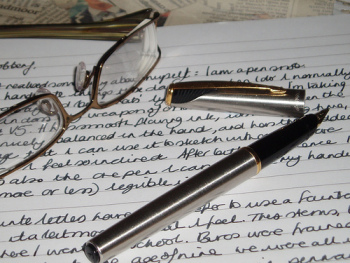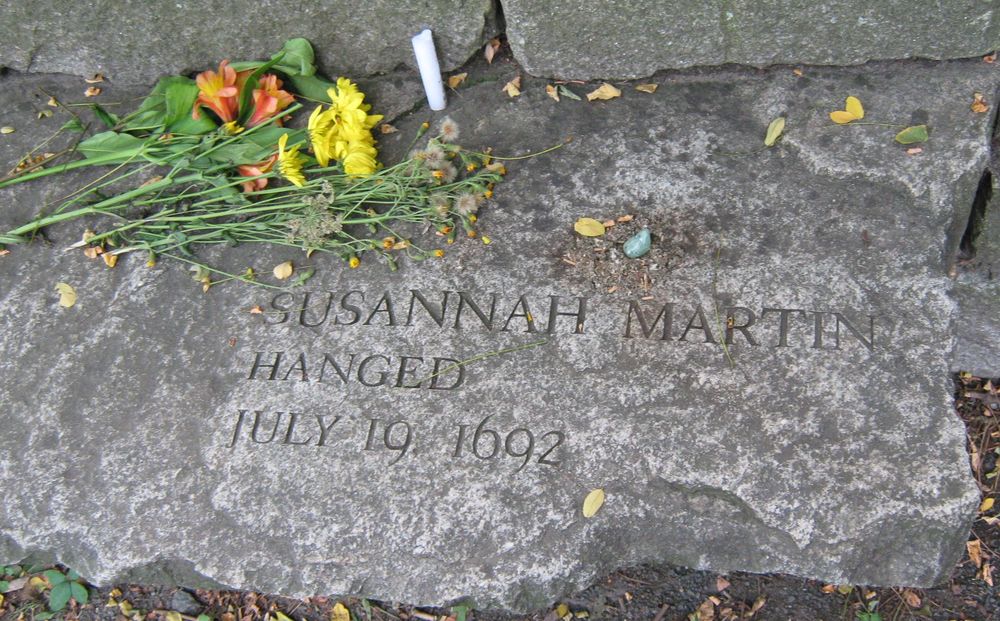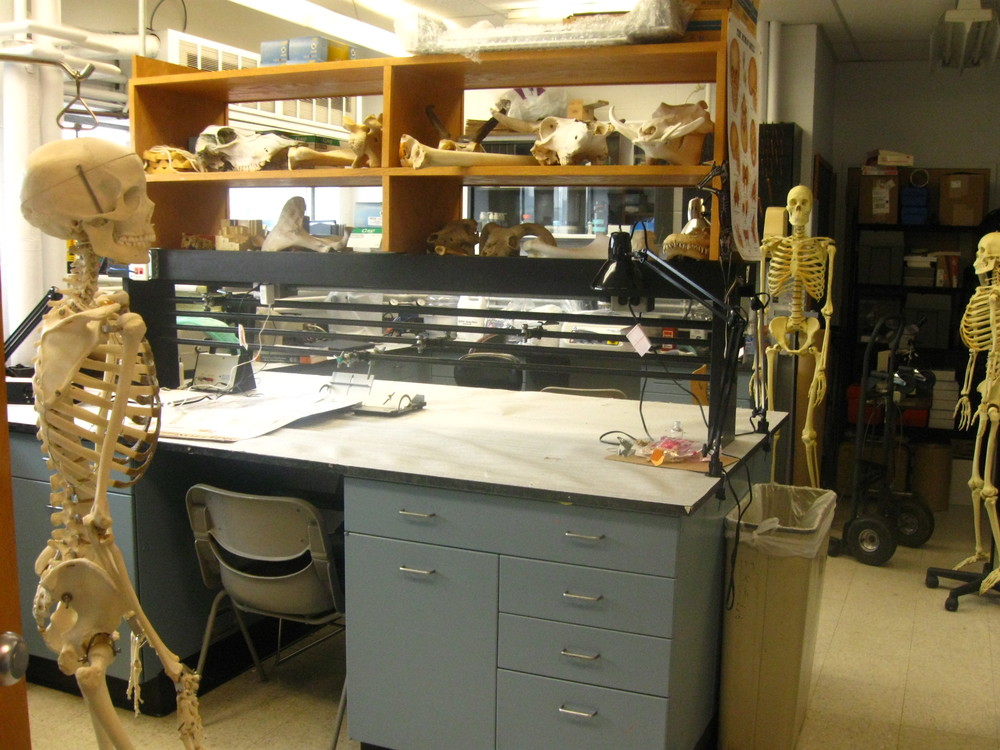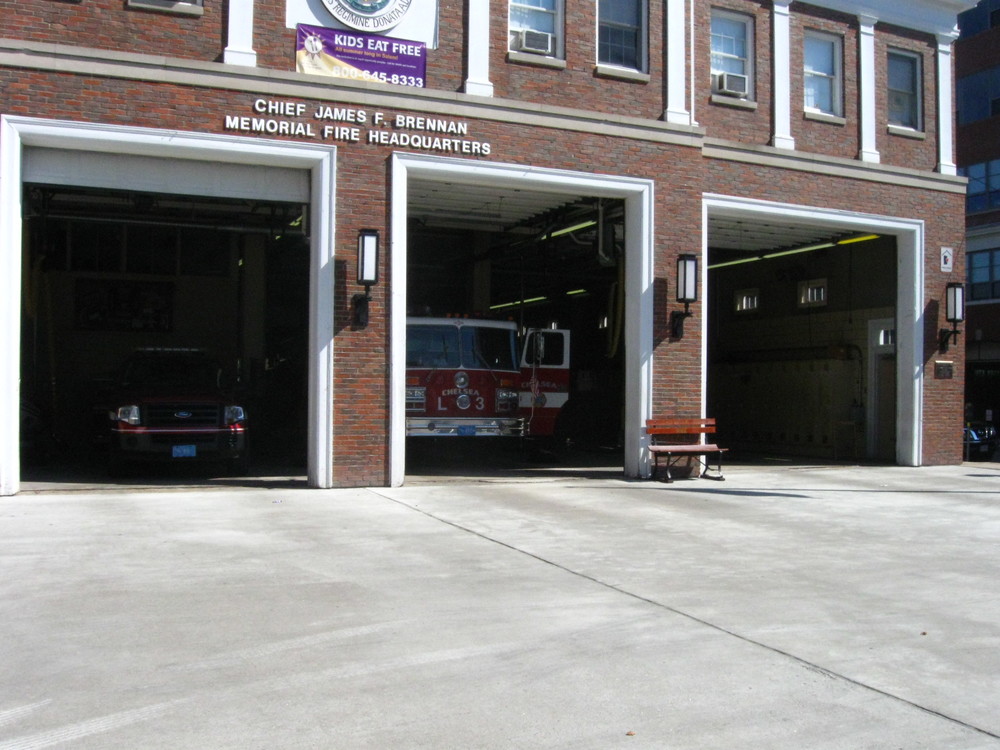Dr. William Bass, Creator of The Body Farm
/It was a pleasure this past weekend to meet a living legend in the field of forensic anthropology ― Dr. William Bass. Dr. Bass is half of the writing partnership of Jefferson Bass (with Jon Jefferson), but in the world of science, his claim to fame is as the creator of the University of Tennessee’s Forensic Anthropological Research Facility, better known as 'The Body Farm'.
Even though he has supposedly been ‘retired’ for 16 years, Dr. Bass is still an active part of the University of Tennessee (UT) and the research center he created. He’s very proud of his time at UT and stated that, as of that day, he’d been there 40 years, 1 month and 6 days. He started 'The Body Farm' in 1980 to increase scientific understanding of what happens to the human body following death with the direct intent of assisting in crime scene investigation. Over the years, he and his students have studied as many variables as possible ― outdoor surface vs. burial decomposition, indoor decomposition, insect infestation/maturation as an indicator of time since death, carnivore scavenging, chemical substances produced during decomposition, the effect of trauma on decomposition, race determination through computer analysis and much more. What started as a little known facility with only a few donations per year is now a major center for scientific investigation with more than 100 cadaver donations annually. After decomposition, all remains are finally stored at UT in what is now the world’s largest skeletal collection, the William M. Bass Skeletal Collection.
Dr. Bass was the speaker for the opening session of Killer Nashville with a talk entitled ‘Bones Do Talk’. A very spry 83 (today is, in fact, his 83rd birthday), he was an immensely entertaining speaker, sharing his own personal stories from a varied and colourful career in academia and while assisting law enforcement. To illustrate his teachings, he brought along a box of ‘friends’ ― skeletal specimens from past cases. It was an interactive lecture, with members of the audience assisting with his case-by-case analyses. He led us through blunt force trauma slayings as well as piecing together a death scene and cause of death from a skull with three apparent bullet defects (the fourth defect was hidden as the bullet exited through the eye socket).
He also included interesting facts on bone growth from infancy to adulthood, comparing a newborn femur to an adult femur to illustrate the process of growth ending in epiphyseal fusion to seal with growing ends of the bone to the shaft.
From a personal standpoint, Dr. Bass has been my scientific companion through my writing career. I have binders full of his papers (and those of his students) that have been instrumental in allowing me to create crime fiction grounded in scientific truth. So, it was the highlight of the conference for me to sit through one of his lectures and a personal thrill to make his acquaintance. He’s a very friendly and gracious Southern gentleman who shows no sign of slowing down, no matter what his age. Clearly, he loves what he does and knows what a difference it makes, and will continue to do what he can to expand upon our knowledge and to bring the missing home.






















 12.1%
12.1%